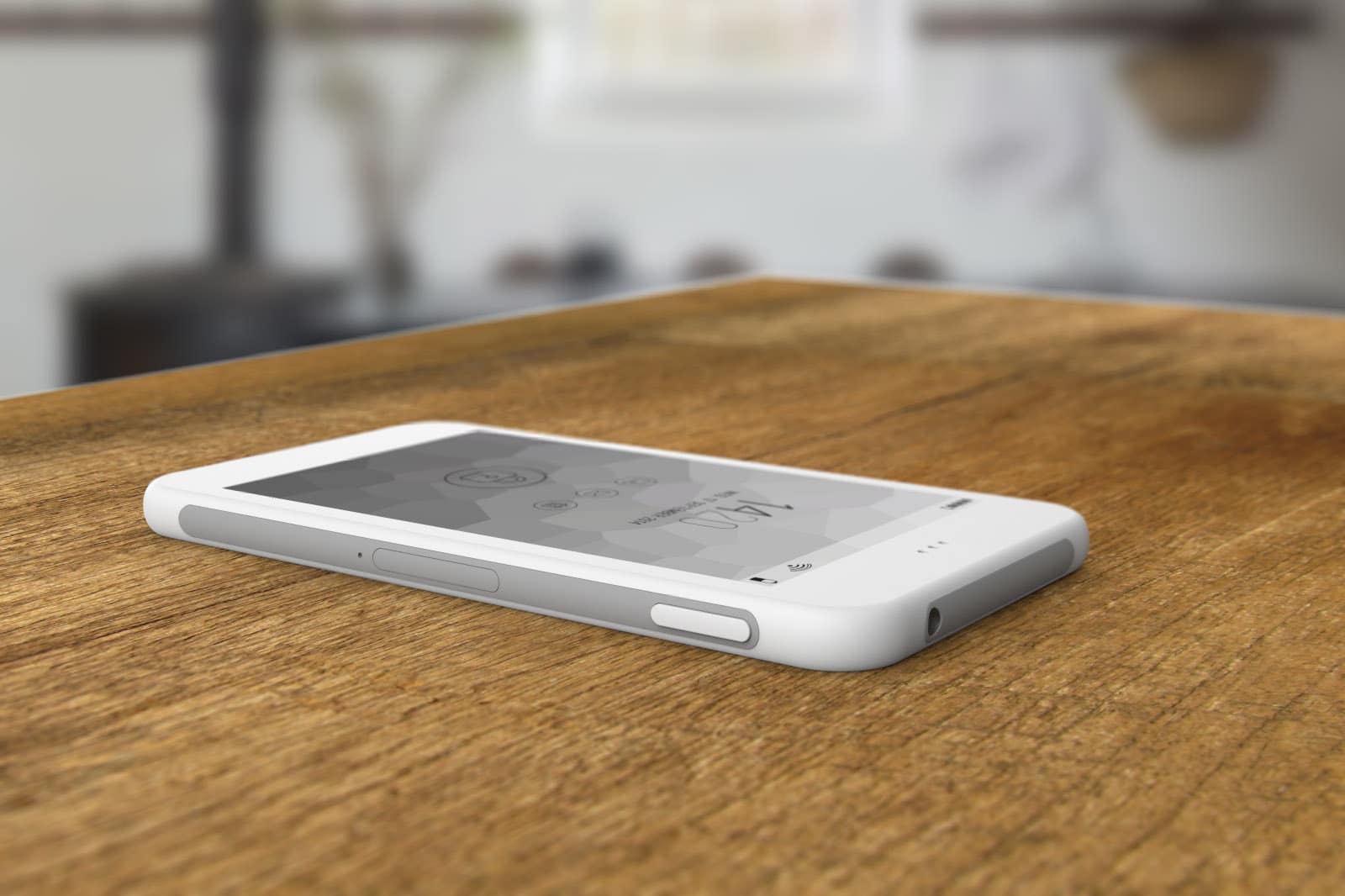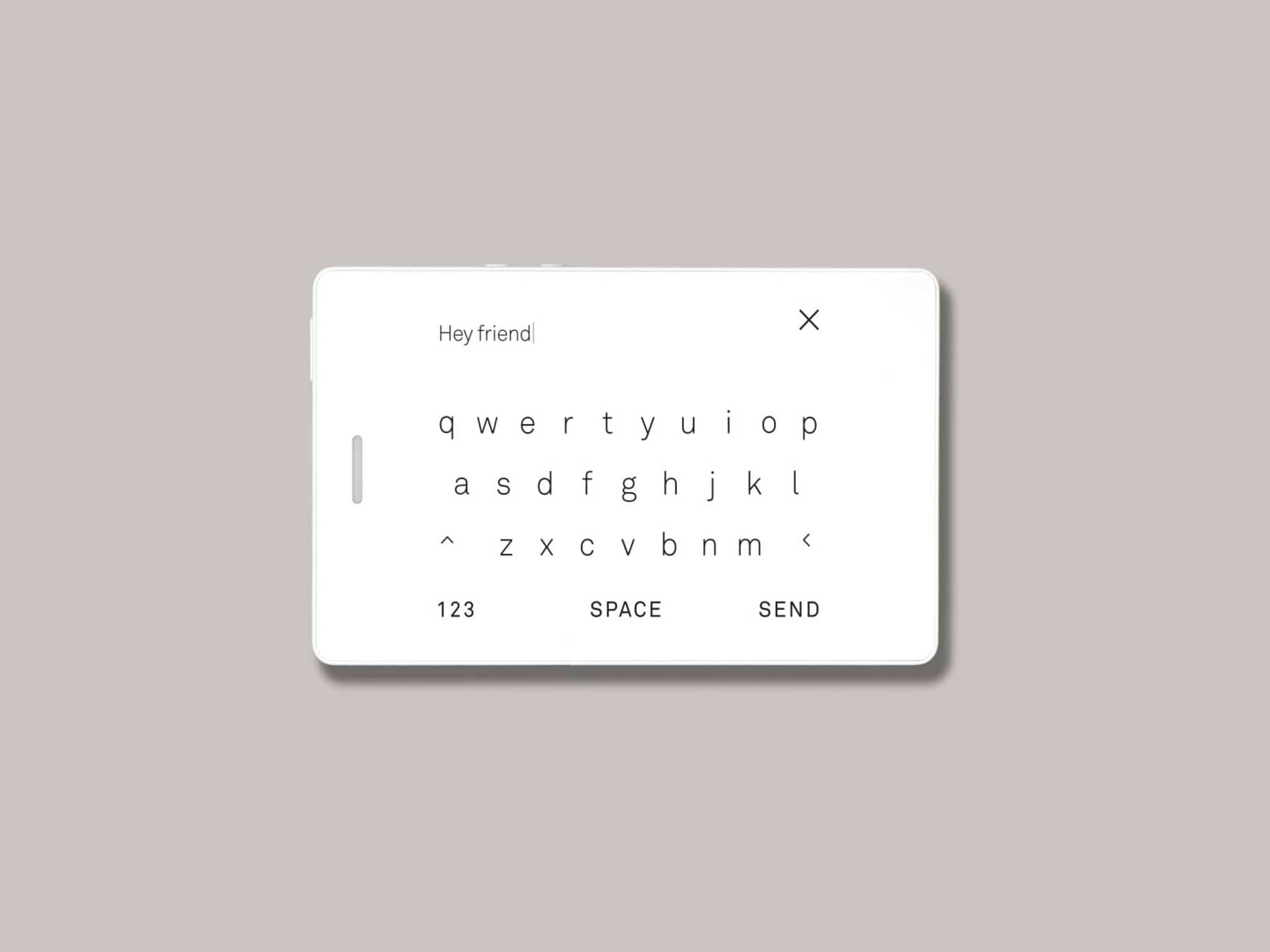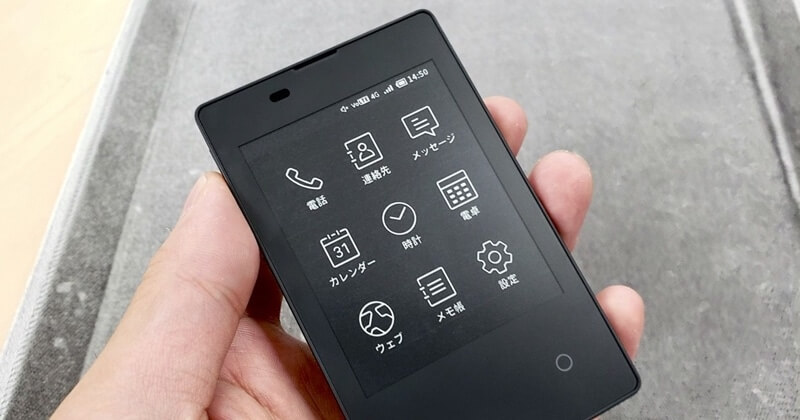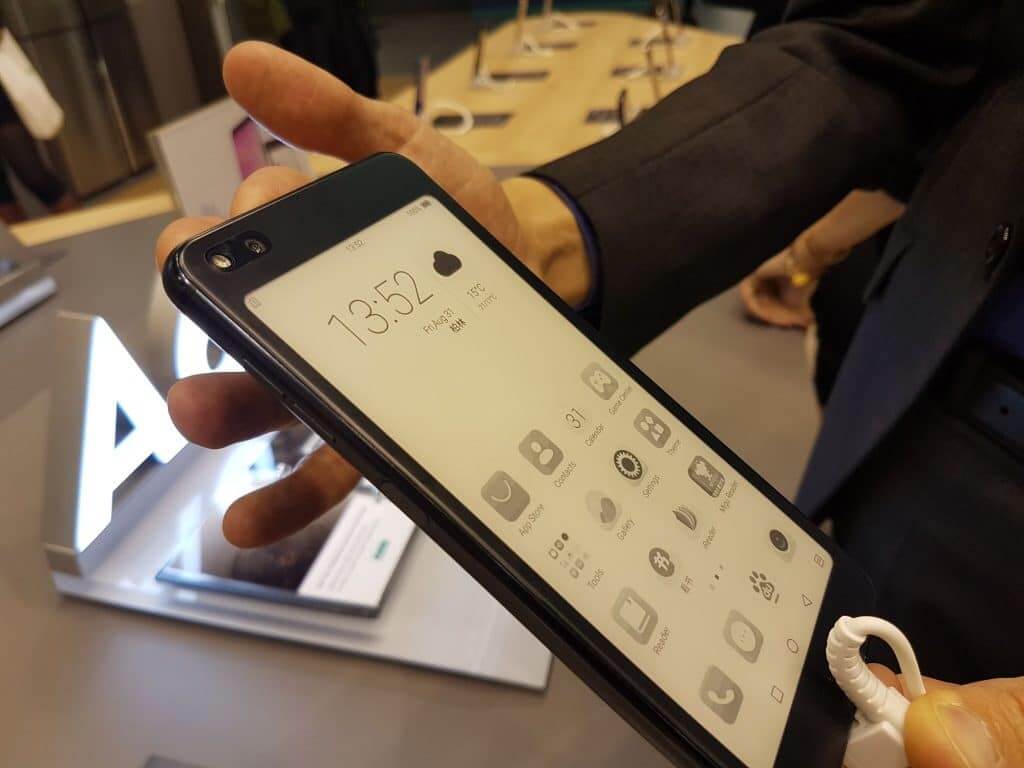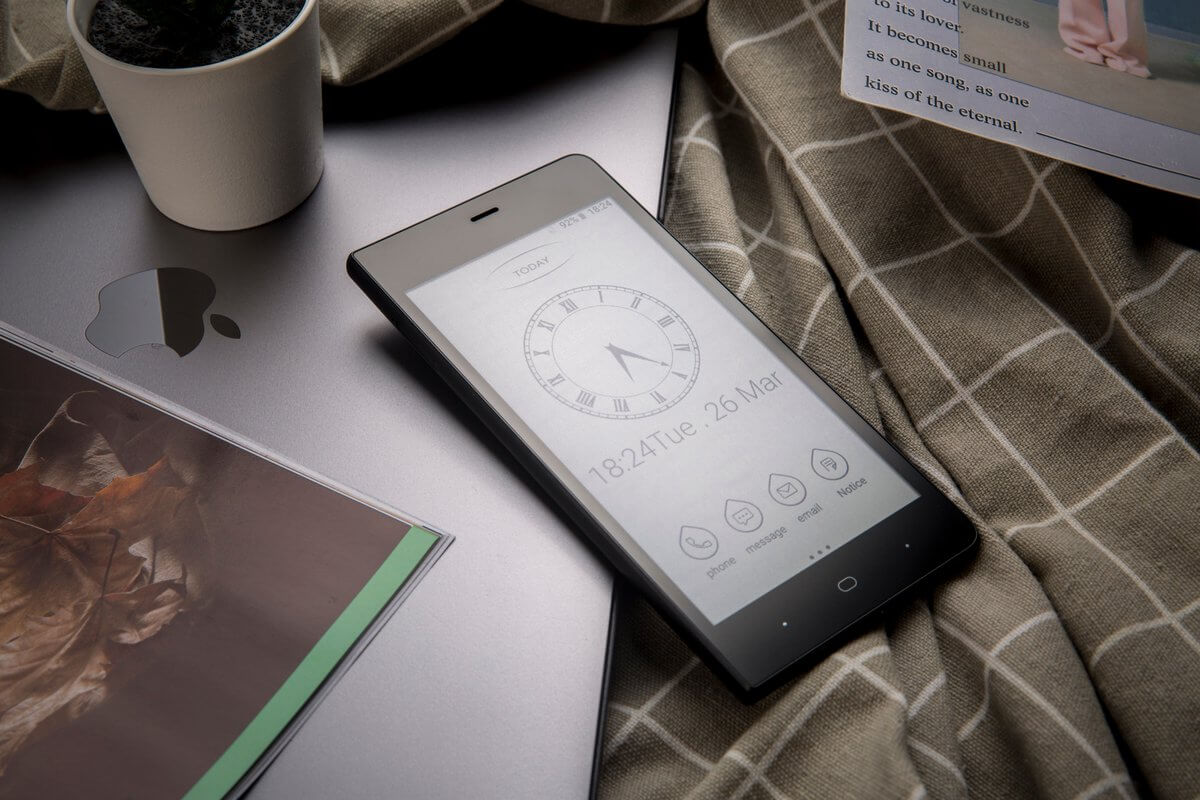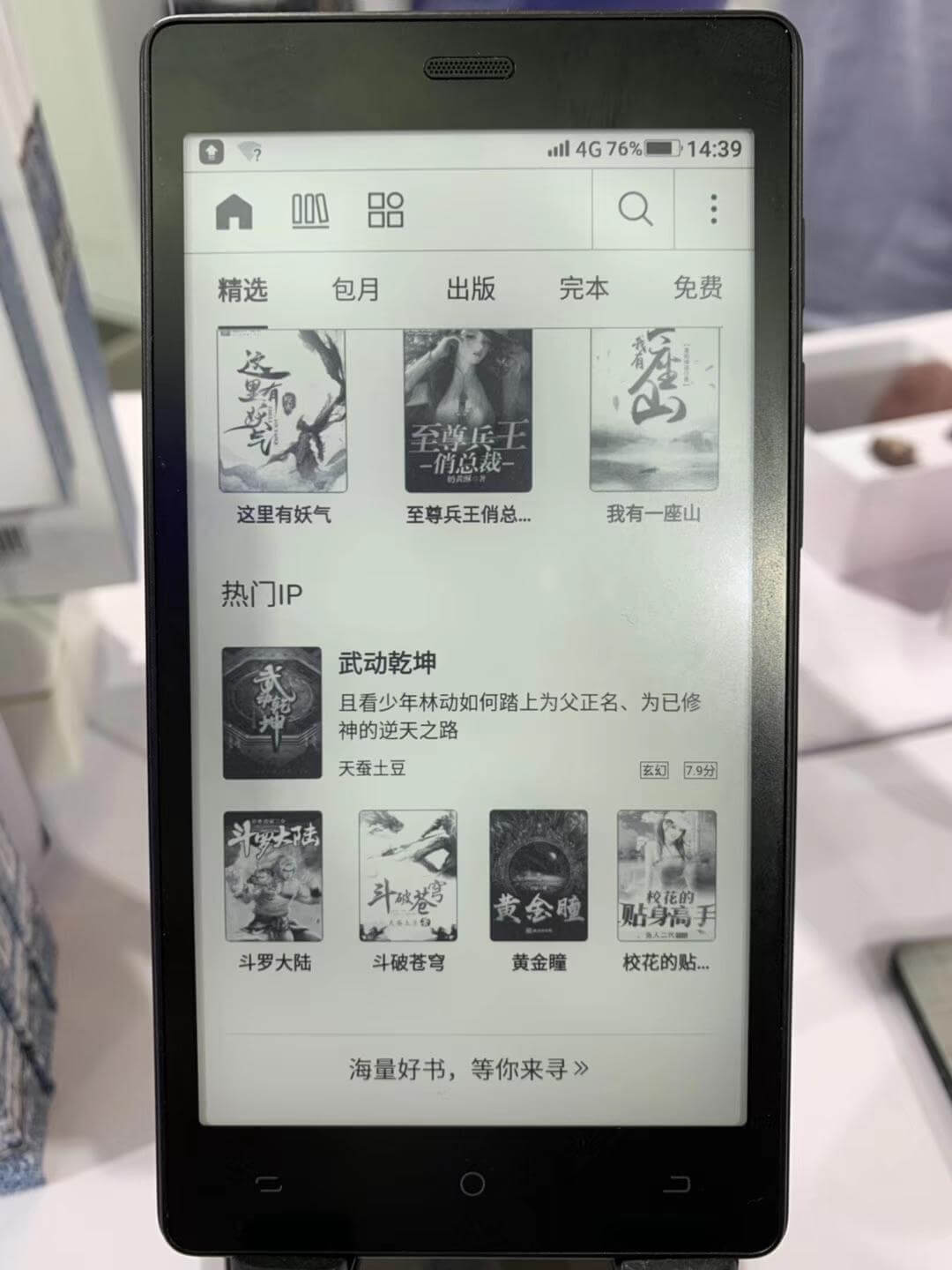There are many E Ink smartphones that have come out in the past few months and a bunch of new ones are going to be released periodically until the end of 2019. Smartphones with e-paper are more viable because the cost of processors has come down and this has resulted in octa-core and deca-core being the norm.
The first E Ink enabled smartphone came out in 2012. This was the original YotaPhone and it featured a full color display on the main screen and an e Ink one on the back. In 2013 Onyx developed their own smartphone, which only had a single E Ink screen. The reception was lukewarm, primarily because it wasn’t really marketed in North America.
This year there are a bunch of smartphones that are in varying stages of development and it really looks like this is the big trend of 2019. This is primarily due to E-Readers making a comeback and there are lots of interesting things being done in this space.
The LitePhone 2 kicked off the E Ink single screen movement when they raised over three million dollars on Indiegogo last year. Their phone is currently in Alpha and they should be releasing the product towards the end of 2019. This device is a little bit bigger than a credit card and the dimensions are 91mm x 55mm x 6.5-7.5mm thick. It has 1GB of DDR3 RAM, Qualcomm Snapdragon Wear 2100 Platform and an E Ink Carta screen. It also has USB-C, speaker, microphone and everything else you can expect.
In early 2019 the NTT DoCoMo Card Keitai was released in Japan. The Card Keitai has a resolution of 600 x 480 and the screen is 2.8 inches. It does not have a front-lit display, but there will be an accessory you can buy. It does have Bluetooth and is water resistant at an IPX 2 rating, so spills will be OK, if you drop it in the bathtub, you might experience doom. The phone has a micro USB port, Bluetooth 4.2, and support for 4G LTE networks with top download speeds of up to 100 Mbps and top upload speeds of 37.5 Mbps. You cannot buy this phone on its own, but you can get it for free when you buy another mobile phone. I have not really heard much about it, other than the initial launch.
The HIsense A6 came out in early 2019 and is primarily marketed in China and a few countries in Europe. It features a 6.1 inch AMOLED display on the front and a 5.6-inch E Ink Carta HD screen on the back. This device has a mirror mode, which projects the entire Android experience on the E Ink screen. You can make phone calls, access Google Play or play around with the Kindle app. This is made possible because the E Ink panel has a touchscreen. Underneath the hood is a Qualcomm Snapdragon 660 processor with 6GB of RAM and 64 or 128 GB of internal storage. There is also a dual sensor rear facing 12 megapixels camera and a 16 megapixel camera on the front for selfies. It is powered by a 3300 mAh and also has a USB-C port with Quick Charge, a face recognition system and a fingerprint reader on the edge.
One of the most exciting new phones will be arriving on Indiegogo in the next few weeks. It is called the Kingrow K1 and it features a 5 inch E Ink Carta HD display with a resolution of 1280×720 and 283 PPI. It has an adjustable front-light, something that no other smartphone in this class has ever had. Underneath the hood is a MediaTek Helio P23 (MT6763) octa-core processor , 2GB of RAM and 16GB of internal storage. There is a USB-C port on the bottom of the device and also 2 stereo speakers on the back. There is also a front camera facing camera on the prototype, but it is unknown if it will be included in the final production model. There is also an 8MP rear camera with LED flash with auto-focus. It is powered by a respectable 3100 mAh battery and you should expect around 2 days of usage when using apps and making phone calls. If it is used purely as an ebook reader, you can expect around a week of battery and 13 days of standby mode. It is running Android 8.1.
China’s Tencent group subsidiary, China Literature Limited, partnering with China Unicom. They have just announced a new single screen E Ink phone in China. This device is going to be marketed as a phone that children can use to read, instead of playing video games.
Michael Kozlowski is the editor-in-chief at Good e-Reader and has written about audiobooks and e-readers for the past fifteen years. Newspapers and websites such as the CBC, CNET, Engadget, Huffington Post and the New York Times have picked up his articles. He Lives in Vancouver, British Columbia, Canada.

